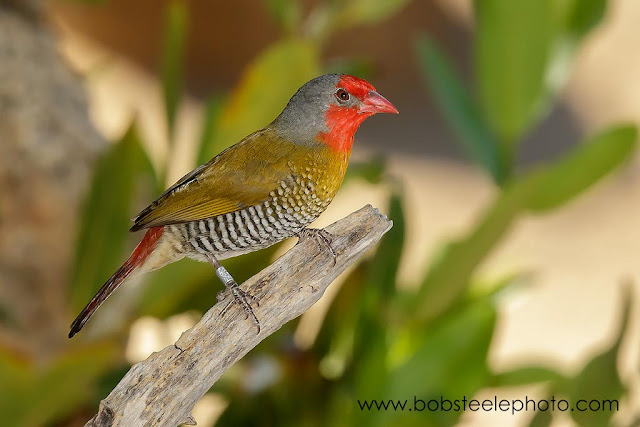 |
| Lion grooming |
Namibia - The Desert
Namibia - Ocean and Mountains
From the Erongo Mountains we went north to Etosha National Park. Our first stop was just outside the west park entrance at Hobatere, a local people conservancy with a fantastic lodge, game watering hole, and plenty of animals. This was our first location where the lodge grounds were fenced with electrified wire. It's a strange feeling to realize you are no longer even close to the top of the food chain...
The late afternoon arrival gave us time before dinner to watch animals coming to the waterhole from the lodge deck in the near 100F heat. We also signed up for the night game drive for some after dark action.
 |
| Waterhole view from the deck. There is a second, larger pond in the upper left before the hill. |
 |
| The eyes of hundreds of Double-banded Sandgrouse reflect in the spotlight |
 |
| African Wild Cat |
 |
| Lion |
 |
| Small-spotted Genet |
 |
| Small-spotted Genet |
 |
| Verreaux's Eagle-Owl |
 |
| Verreaux's Eagle-Owl |
Hobatere morning bird list
 |
| Bare-cheeked Babbler |
 |
| Black-backed Puffbird |
 |
| The puffbird "puffs" his back |
 |
| Desert Rose |
 |
| Meeve's Starling |
 |
| Violet-backed Starling |
 |
| A lioness stalks prey |
 |
| A lioness cruises through the waterhole area |
 |
| Eland |
 |
| Giraffes and Southern Oryx |
 |
| Greater Kudu |
 |
| Mountain Zebra |
 |
| Warthog |
 |
| Zebra mob at the waterhole |
 |
| The radio collared lioness charges |
 |
| A spooked Impala |
 |
| The animals watch the lionesses warily |
 |
| A lioness chases a giraffe |
 |
| Lioness with bloody face heads toward the young lions |
 |
| The young lions come in for a drink |
 |
| At the waterhole |
 |
| Lions are definitely messy eaters |
 |
| White-crested Helmet-Shrike |
The sun set on an epic day as we rolled back into the lodge.
We move on to Etosha National Park next!













































































